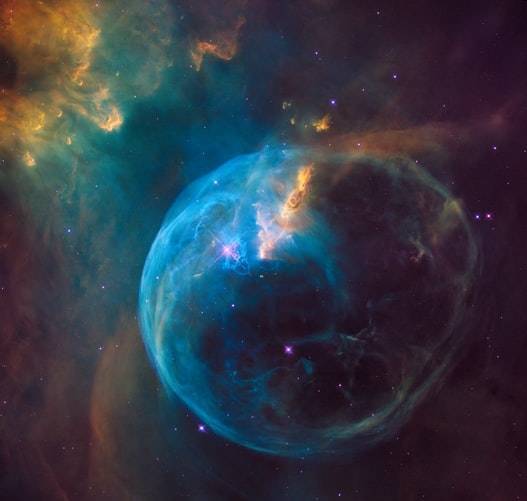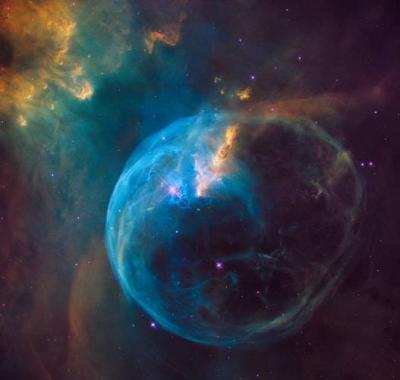The Camaliot Android app will allow users to transform their smartphones into tools for space monitoring. All you need is an Android phone compatible with satellite navigation features and the "Camaliot" app, which can be downloaded from the Google Play Store. The app is compatible with over 50 devices.
The Camaliot app is a project funded by the European Space Agency, led by the company "ETS Zurich," aimed at collecting data from users' phones alongside other data sources using machine learning for applications such as weather prediction.
In addition to helping scientists create new models for predicting terrestrial and space weather, participants also have the chance to win phones and Amazon vouchers. The four-month campaign will continue until the end of July.
Vicente Navarro, a navigation engineer at the European Space Agency, explained in a press release: "Global Navigation Satellite Systems (GNSS) such as the European Galileo system have revolutionized daily life. The accurately modified signals continuously generated by dozens of satellites belonging to global navigation systems in orbit also prove to be a valuable resource for science, increasingly employed to study the Earth's atmosphere, oceans, and surface environments. The GNSS Science Support Center was established to help support this trend."
When signals from satellites reach the Earth, they are modified by the amount of water vapor in the lower atmosphere. As they pass through this vapor and other irregular patches in the atmosphere, they undergo "scintillation," or fading and delay. Data about this scintillation can reveal insights into the ionosphere, where the Earth's atmosphere meets space.
According to experts, the combination of dual-band GPS receivers in smartphones and Android's support for recording raw GNSS data has provided researchers with the option to use smartphones for data collection.
Data from smartphones can then be integrated with data from thousands of GNSS stations on the ground using machine learning models to search for previously unseen patterns in both terrestrial and space weather, as reported by the Indian Express.




